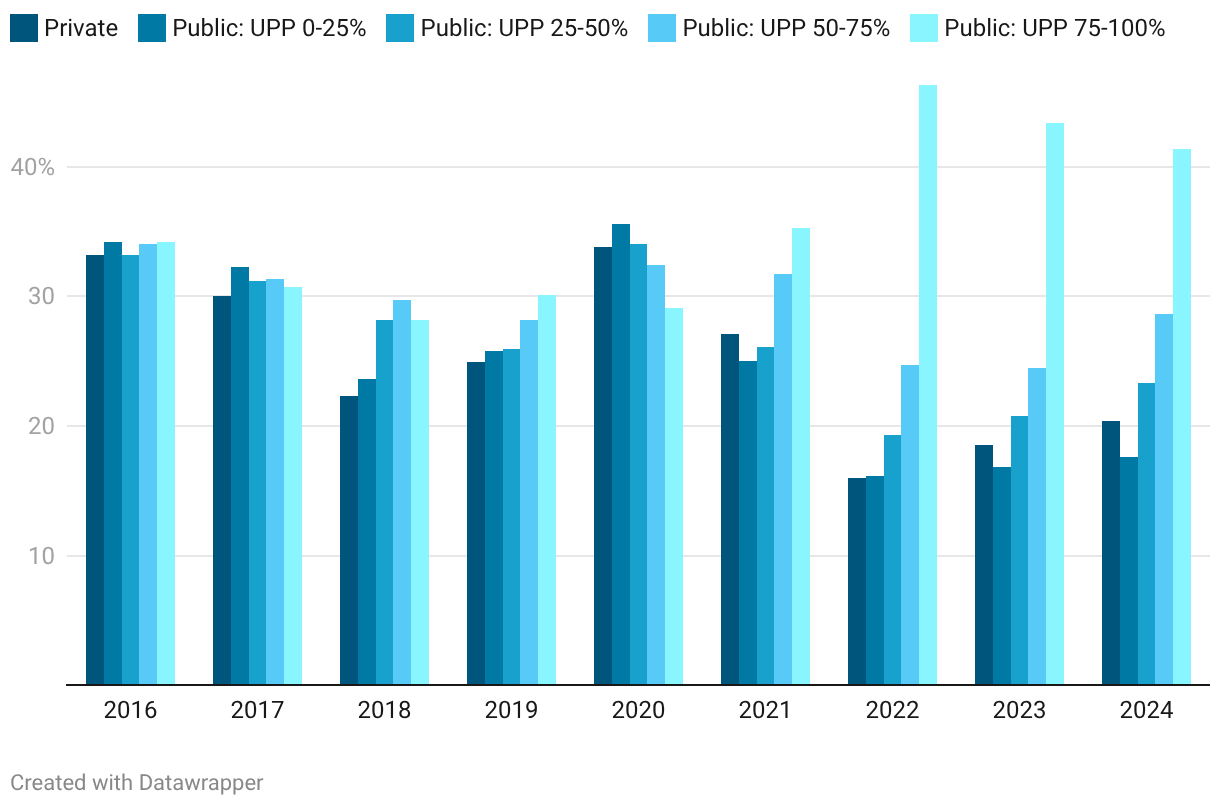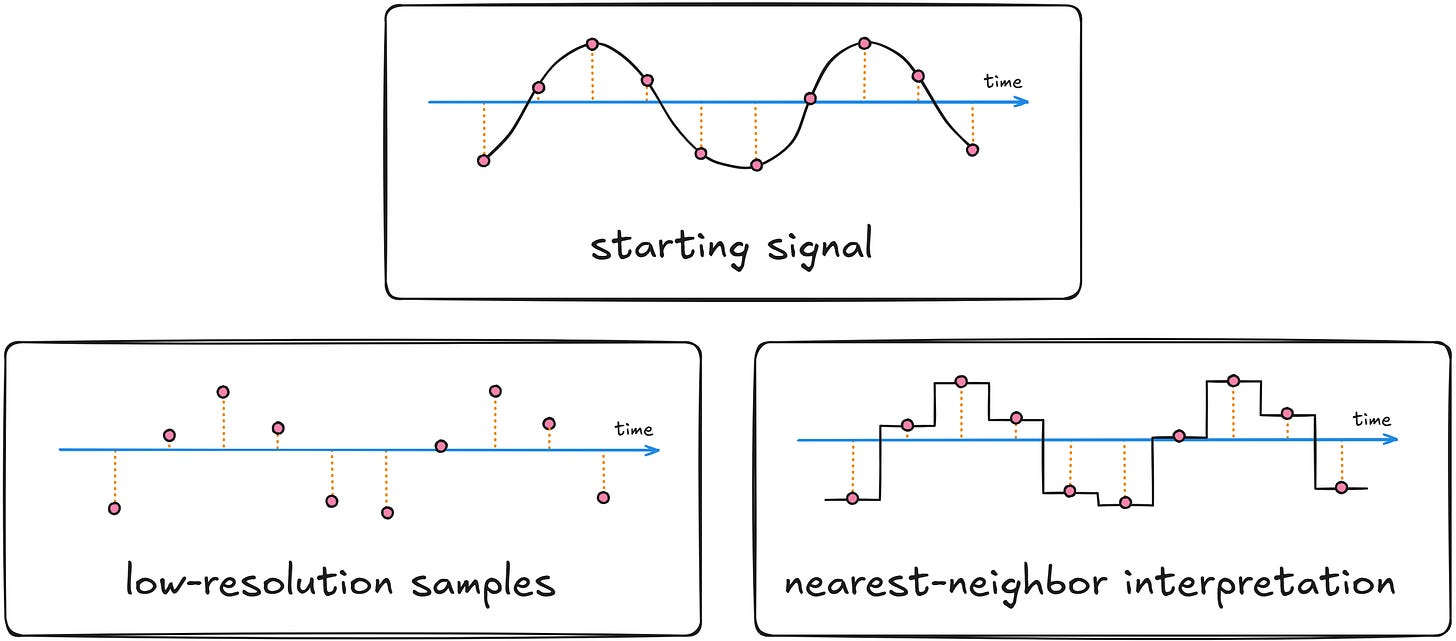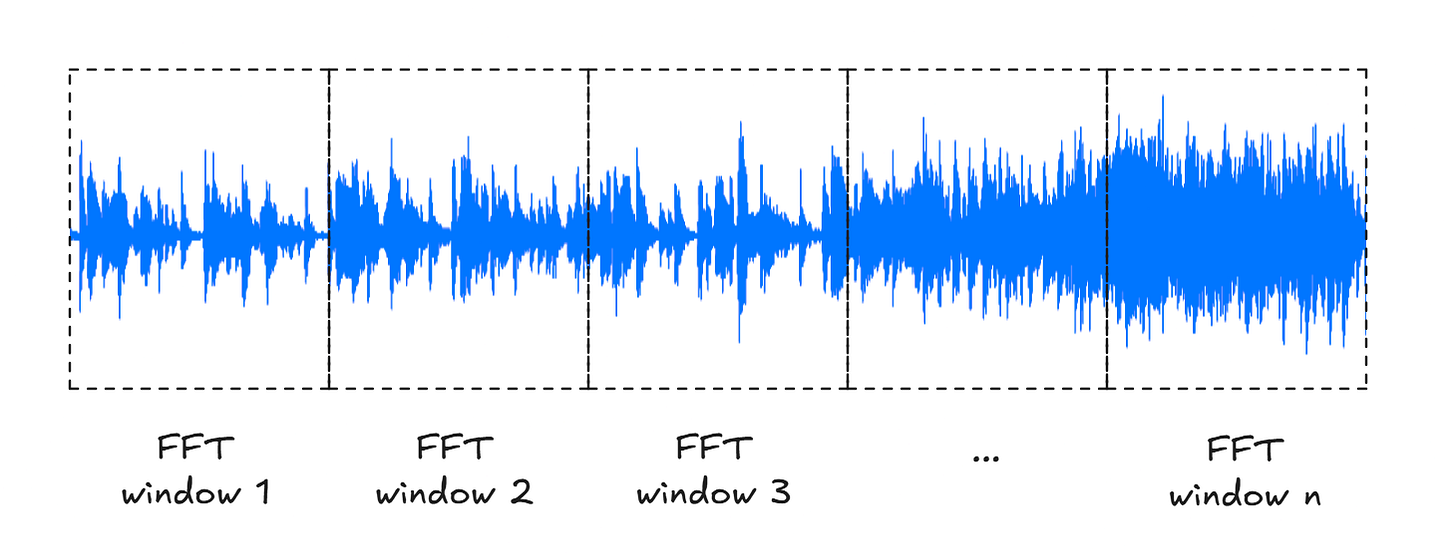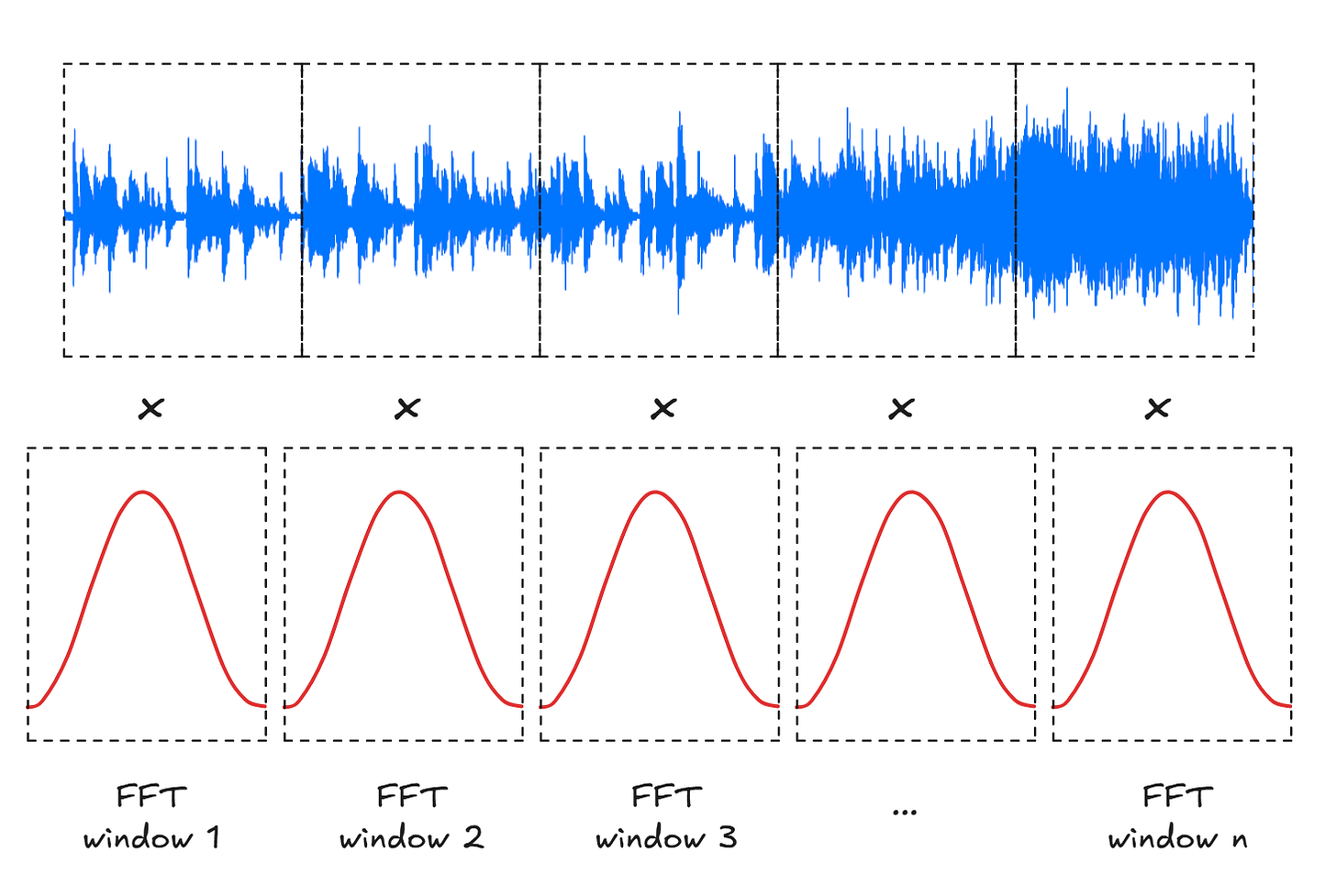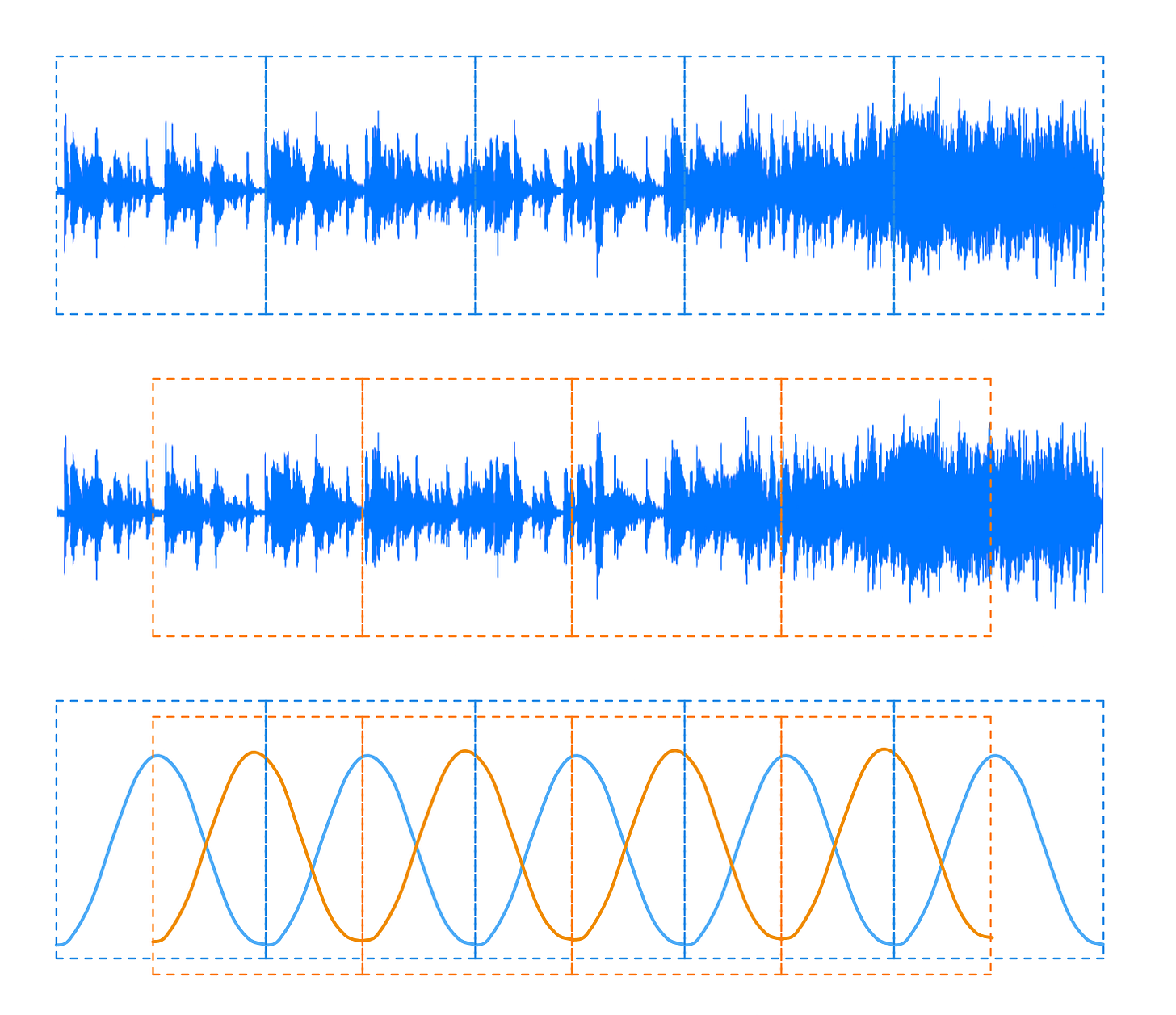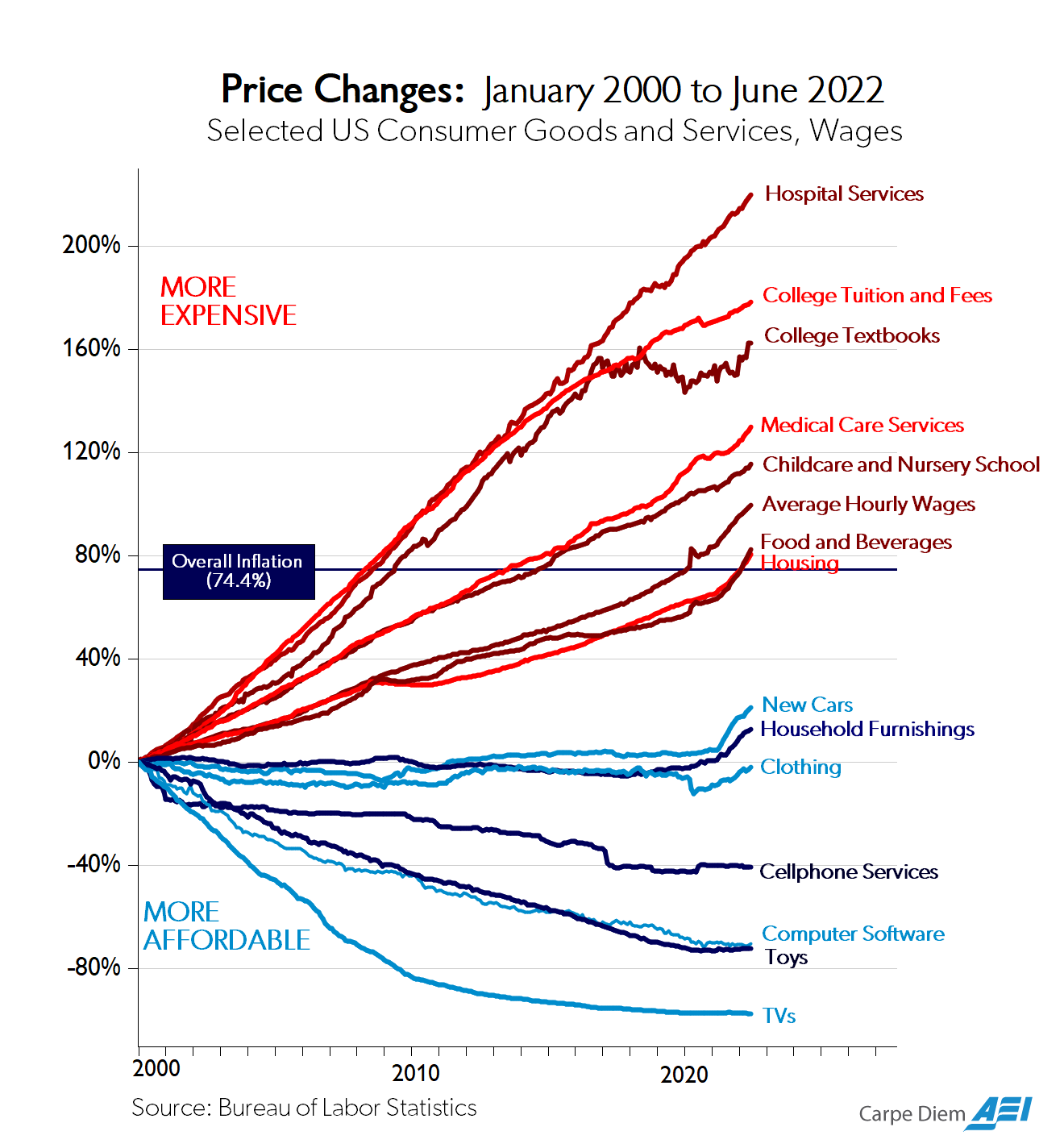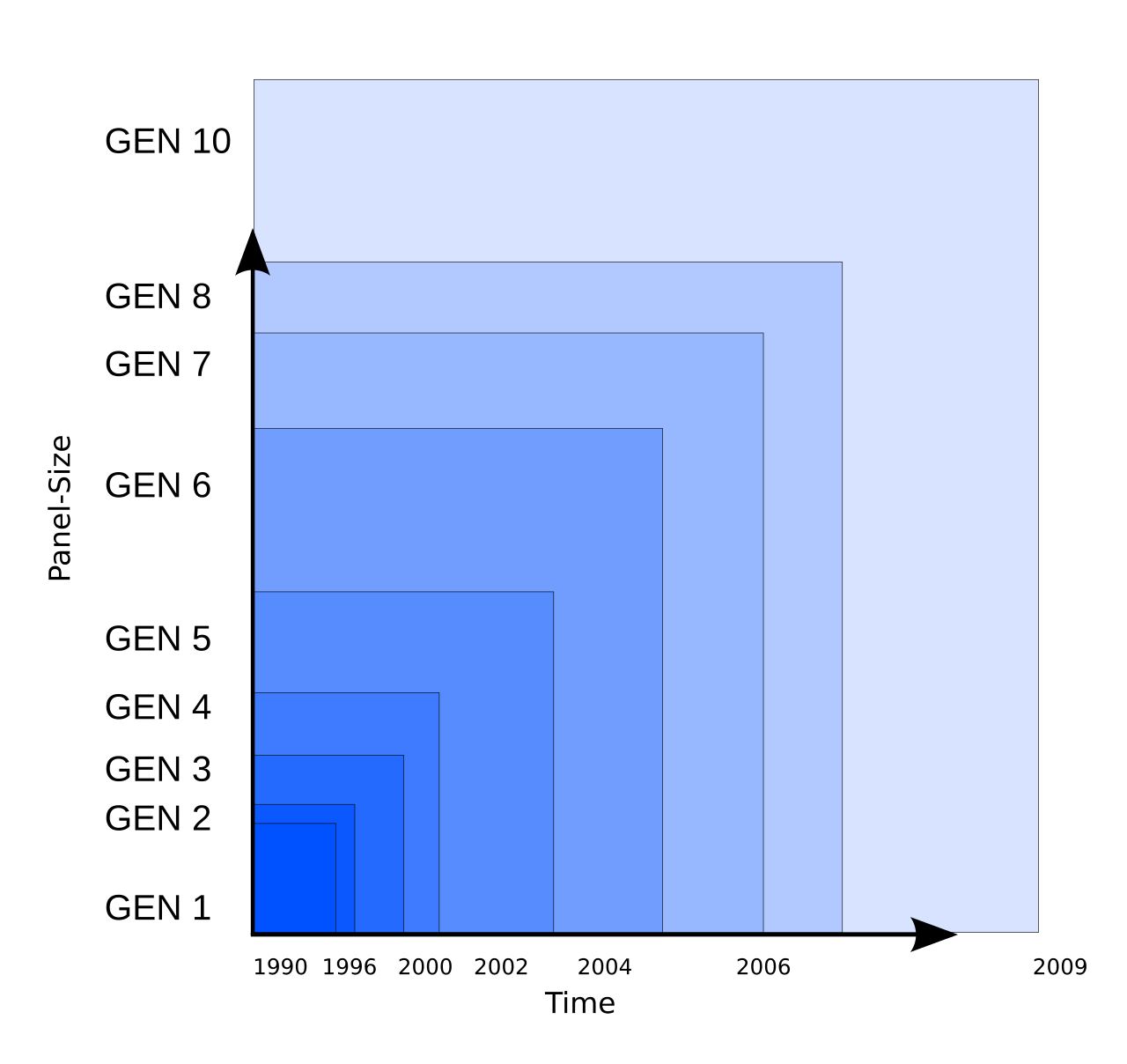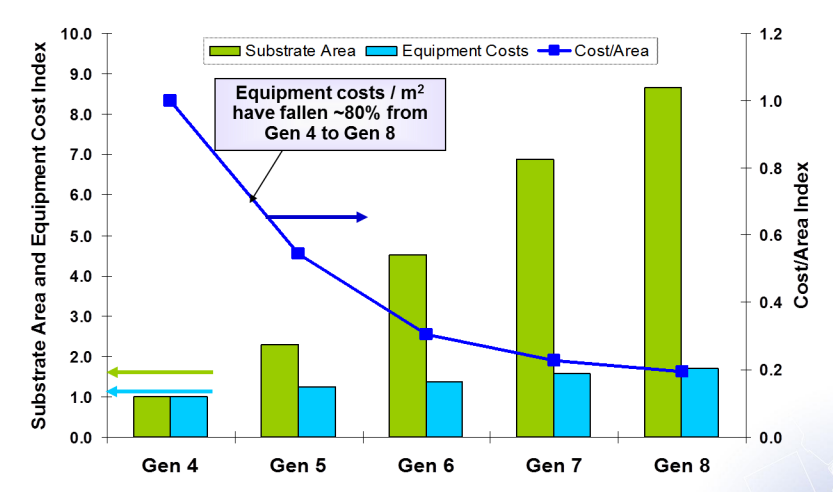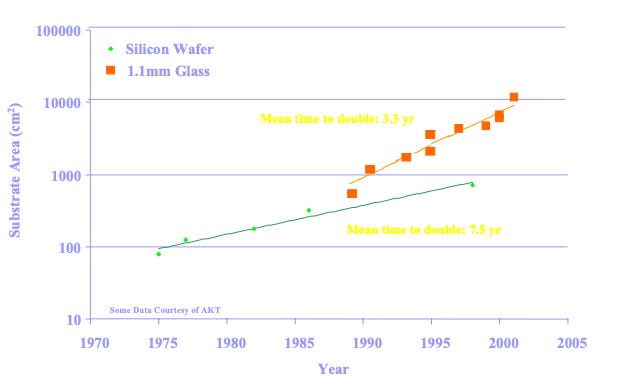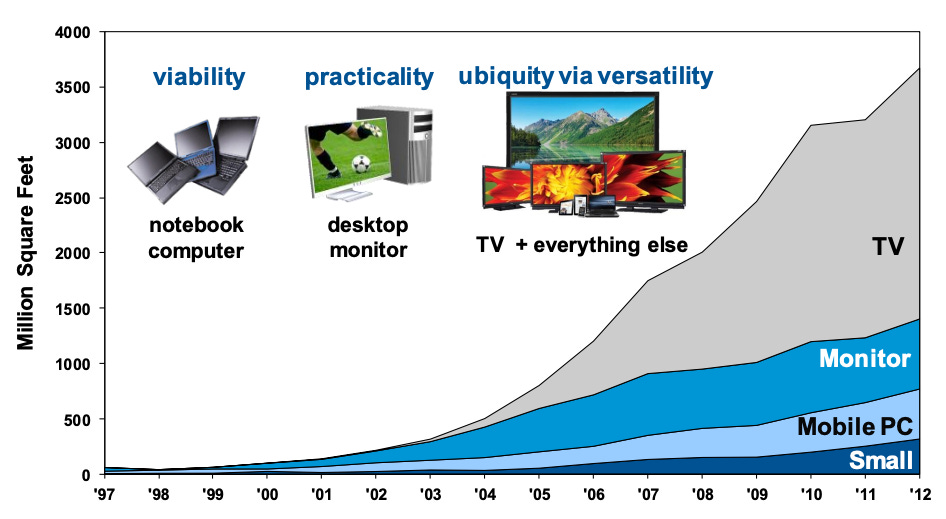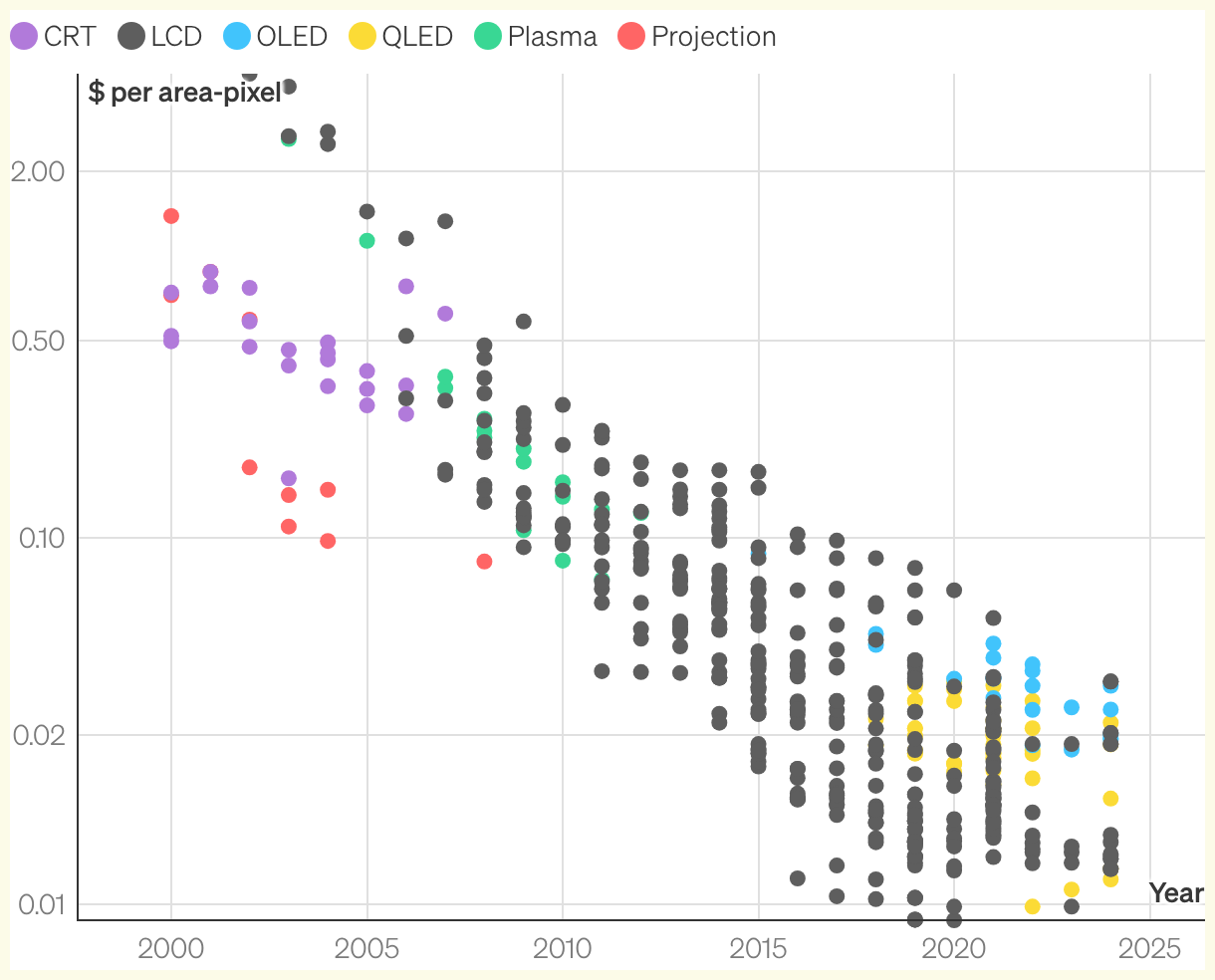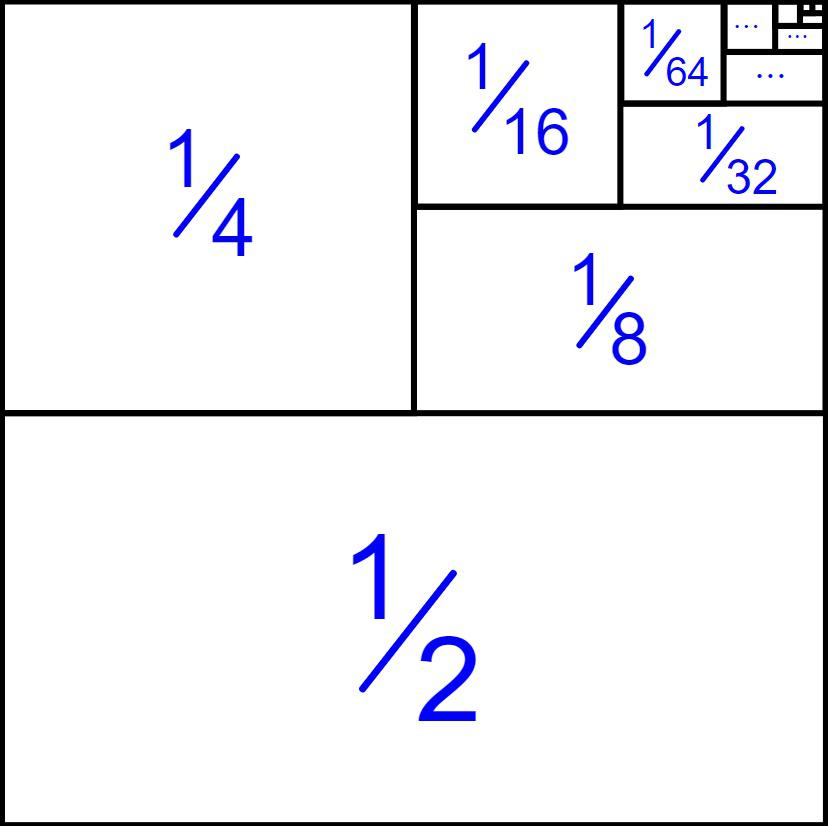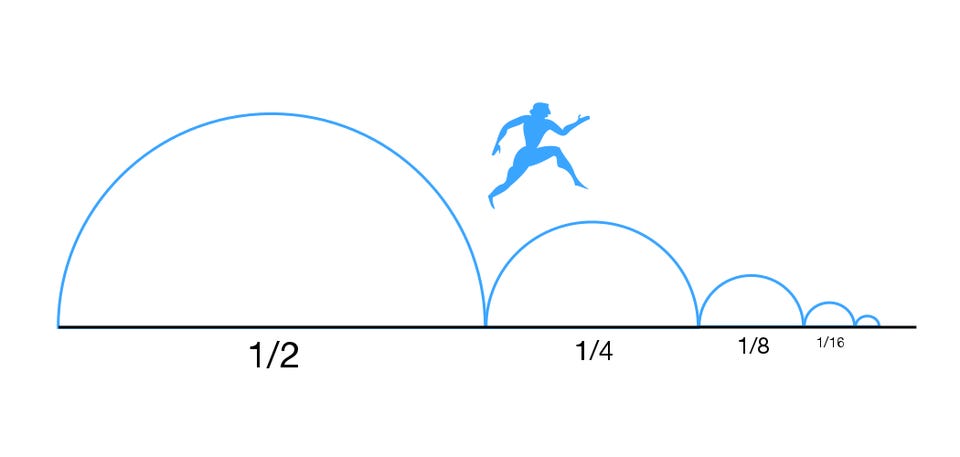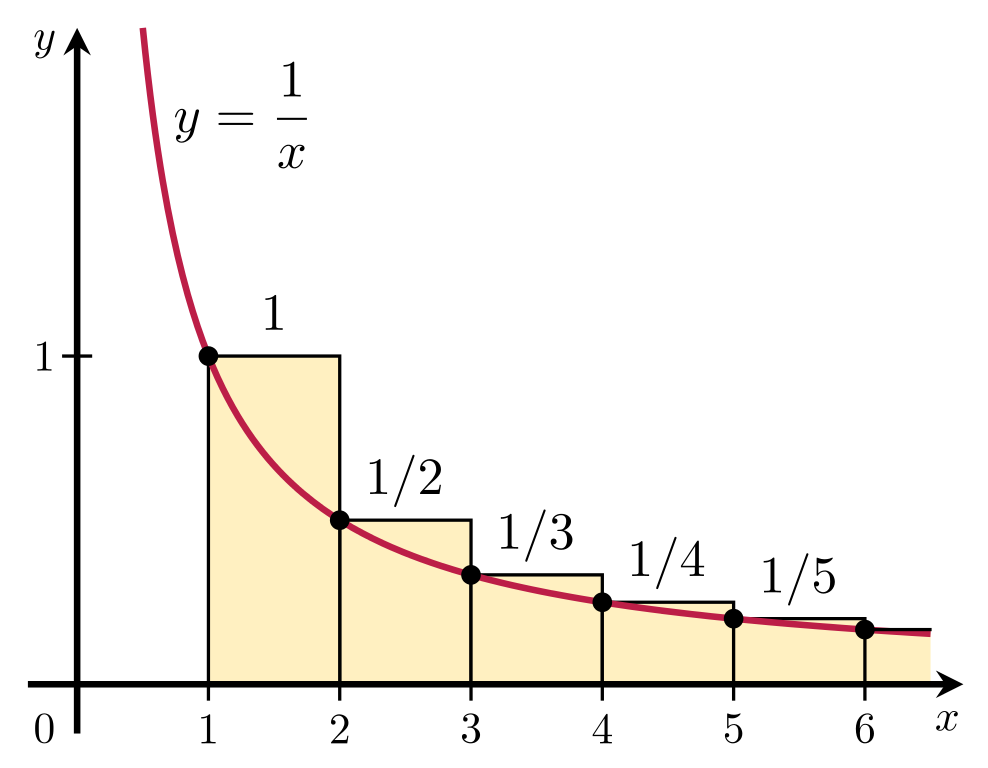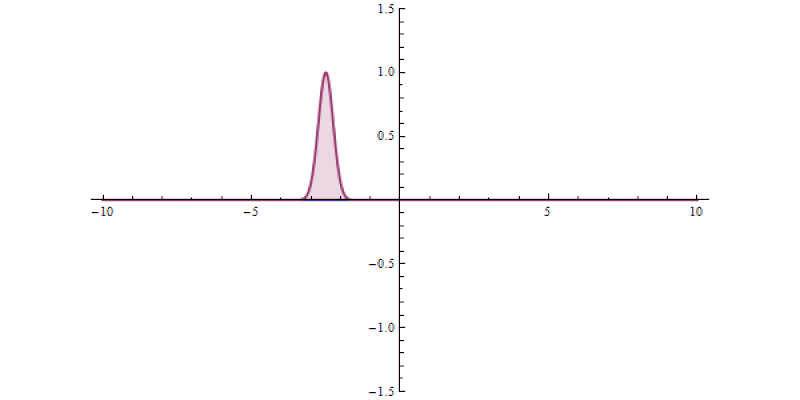The last post looked at how geographic biases affect who applies to and gets accepted by UCs. This post is going to going to drill in to how the admissions policy has evolved at one specific campus, UC San Diego, which has been in the news because 8.5% of enrolled freshmen needed remedial math classes1.
In 2024, Lynbrook High in San Jose was the highest-achieving non-selective high school in the state. 375 seniors (86% of the total) were proficient in both Math and English but only 37 were admitted to UC San Diego. On the other hand, Crawford High, in San Diego, had 38 students admitted even though only 23 (8.6% of the 266 seniors) were proficient in both Math and English. There are literally hundreds of students from Lynbrook who were rejected by UC San Diego despite being stronger than most of those accepted from Crawford.
In the popular imagination, we expect students from high achieving schools to be more successful in college admissions. This is no longer true, at least at UC San Diego. The relationship between the academic strength of the students at a school, as measured by the percentage who are proficient in both English and Math, and the chance that those students get admitted to UCSD is extremely low.
As the chart shows, UCSD seems to favor some schools at the expense of others with similar achievement levels. The dot in the top right is CAMS (the California Academy of Maths and Sciences). It’s a selective school where over 90% of seniors met or exceeded the standards in both English and Math and nearly 40% of seniors were admitted to UC San Diego. But Gretchen Whitney and Oxford Academy are also selective schools where over 90% of students were proficient in both English and Math and UCSD admitted fewer than 20% of them. Meanwhile, students from Berkeley High have much greater success than students at most other Bay Area schools despite not being better than them in any measurable way.
Preuss, Gompers, and Crawford are all in the San Diego area (Preuss is on the UCSD campus itself) and all had far more seniors admitted than would be expected based on their academic proficiency. One reason is that far more of their students actually applied than would be expected2. You can’t win a lottery unless you buy a ticket and the kids at these schools bought more tickets to the UCSD admissions lottery.
Competing With Your Classmates
Naturally, schools with lots of strong students produce lots of college applicants. If students were being evaluated primarily on the basis of their individual accomplishments or essays, an applicant’s chances of admission would not be affected by the strength of his or her classmates. Unfortunately, if you are at a school where lots of your classmates are applying to UCSD, your chances of admission are greatly hurt.
Over the three years from 2022 to 2024, UCSD admitted about 26% of all public school applicants. That hides a huge variation. Schools that produce fewer than 25 applicants per year have an average admission rate over 40%. At the 63 schools that produce more than 200 applicants per year, the admission rate was only 18%. Students from those schools are effectively competing with their classmates for a limited number of spots. UCSD just does not want more of them, however good they may be. It may or may not be a coincidence that Asian students are the largest group of applicants at 55 of the 63 schools that produce more than 200 applicants annually.
Incidentally, San Francisco public schools had a combined admission rate of just under 20%, well below the state average. Mission had the highest rate (26.5%) and Balboa the lowest (15.4%). It may or may not be a coincidence that 90% (the most of any SF school) of the applicants from Balboa were Asian whereas only 25% (the fewest of any SF school) of the applicants from Mission were Asian.
Admissions Standards for Private Schools
The limited data we have on the comparative strength of public and private school applicants suggests that private school applicants are likely to be objectively stronger3. Nevertheless, the average private school applicant had only a 18.3% chance of admission, well below the 25.8% average for public school applicants. That seven percentage point difference translates into a 40% greater chance of admission for public school applicants. Whereas nearly 50% (440 out of 906) of public schools had admission rates over 30%, only 2% of private schools did (3 out of 142)4.
Among San Francisco private schools, the highest admission rate (28%) belonged to Immaculate Conception Academy, almost certainly the least celebrated and least selective of all the private high schools in the city. Archbishop Riordan had a higher admission rate than its near neighbor, Lick-Wilmerding, or its more selective peers, St Ignatius and Sacred Heart.
The lowest admission rate of all belongs to one of the most celebrated private schools in San Jose. Bellarmine College Prep has seen only 7.9% of its applicants accepted by UCSD over the last three years. In 2022, only 6 of the 167 applicants were successful, although that rose to 13 and 19 over the next two years, for a total of 38 over the three years. Over the same period, 39 Bellarmine students were named National Merit Scholar semifinalists, an achievement that requires scoring in the top 1% of students statewide on the PSAT. For Bellarmine students, it’s harder to be get into UC San Diego than to be in the top 1% in the state.
This phenomenon, of more students in the top 1% than are admitted to UC San Diego, is not confined to Bellarmine. It’s true of a number of other private schools I looked at, such as Harvard-Westlake in LA, College Prep in Oakland, Nueva in San Mateo etc. The aforementioned Lynbrook High in San Jose was the only public school I could find with the same sorry distinction.
It makes no sense to think of UCSD evaluating applicants against all the other applicants in the applicant pool. It is clear that different standards are being applied depending on the school that the applicant attended. It makes more sense to think of applicants as competing with their classmates.
What Really Matters In Admission
The principle behind California’s Local Control Funding Formula (LCFF) is that extra money should be given to schools with lots of high-needs students (defined as those eligible for free or reduced price meals, English learners and those in foster care). The Unduplicated5 Pupil Percentage (UPP) measures the share of a school’s total enrollment that falls into one of those three high-needs categories.
For the sake of perspective, most public high schools in San Francisco have UPPs in the 50%-75% range. SOTA is the only one under 25% while both Lowell and Gateway are under 50%. The only schools above 75% are KIPP and International (which is filled with new arrivals who are still English Learners). Yes, even Mission, O’Connell, and Jordan have UPPs under 75%.
Schools with a UPP of 75% or higher are known as LCFF+ Schools. The California legislature has, since 2017, required that UCs report annually on the number of students from LCFF+ schools who apply to, are admitted to, and enroll at each UC campus. Though not required by law to do so, UC San Diego has decided to give students from such schools a big boost in admissions.
This chart shows the average admission rate by UPP over the period 2022-24. There is a very clear discontinuity. Most of the schools with UPPs above 75% have admission rates above 40% while most of the schools with UPPs below 75% have admission rates well below the UCSD average.
I experimented with a little regression analysis to see what factors might predict a school’s admission rate. As you might expect from the graph above, whether or not a school is a LCFF+ school6 is by far the most important factor. The school’s academic quality, as measured by the share of seniors who were proficient in both Math and English, was also significant but, here’s the kicker, the co-efficient was negative. In other words, given two schools that are both LCFF+, the one with the lower proficiency levels will have the higher admission rate7.
A couple of other points:
The preference applies at the school level, not at the applicant level. The non high-needs students in the LCFF+ schools will be the biggest beneficiaries because they are likely to be stronger students than their high-needs classmates. Conversely, about 40% of high-needs students are in non-LCFF+ schools and they are much less likely to gain admission because they will appear weaker than their classmates, even if they are stronger than high-needs students in LCFF+ schools.
The fraction of high school students that fall into one or more of the high-needs categories statewide was in the 57%-59% range every year between 2016-17 and 2020-21. It has since risen steadily and reached 65% in 2024-258. As recently as 2021, 35% of high schoolers were in LCFF+ schools. In 2025, it was 45%.
What Has Changed?
It wasn’t always this way. As recently as 2016, a school’s UPP did not affect its average admission rate9.
The number of applications that UC San Diego receives annually from California high school students rose by a huge 57% between 2016 and 2024. All the other UCs also experienced their own jumps in applications. The number of applications had been rising before the pandemic but the elimination of the SAT gave it another boost. Early last year, we looked at how the strength of the applicants had changed over time and found that, while applicants are taking more and more honors classes, the biggest increase in applications came from weak students i.e. those who had taken fewer than five honors classes. That does not mean UCSD is getting disproportionately more applications from LCFF+ high schools. The mix of applications by high school has been surprisingly stable. The share of applications coming from LCFF+ high schools has consistently been in the 17%-19% range and the share coming from high schools with UPPs under 25% has consistently been in the 23%-25% range. The UCs received money from the legislature to grow the number of applications from LCFF+ high schools. That their share of applications hasn’t increased demonstrates that the money was not well spent.
However, the different admission standards that are being applied today has had a significant effect on the composition of the admitted class. Students from LCFF+ high schools used to comprise around 20% of the admitted class. They now comprise over 30%. Meanwhile, the share of admits coming from schools with UPPs below 25% fell by one third, from 24% to 16%.
Winners and Losers
Such a dramatic change in the admissions policy has obviously produced winners and losers. Given the increase in the total number of admits, an increase in the number of admits from LCFF+ schools could have been accomplished without reducing the number of admits from any high school. Nevertheless, hundreds of schools did see a decrease in the number of students admitted to UCSD.
Over the period 2016-18, Lowell High in San Francisco had an average of 115 students admitted to UC San Diego, more than any other high school10. In 2022-24, it had an average of 94 admits per year, a decline of 21 (18%). It was far from the worst affected. Torrey Pines High in San Diego went from an average of 100 admits to an average of just 42, a decline of 58. Monta Vista High in Cupertino went from 104 admits per year down to 48, a decline of 56. Four other high schools also saw their average number of admits decline by 50 or more.
Some schools with lots of high needs students also saw their number of admits decline. Highlighted on the chart are San Gabriel High and Gabrielino High, both of which saw their admits halve from around 50 to around 25 per year. It may or may not be a coincidence that at least 85% of UCSD applicants from both schools were Asian. Evidence that it may be a coincidence is that Bolsa Grande High, another high needs school where 85%+ of the applicants are Asian, saw a big increase in its number of admits.
On the flip side, four schools saw their number of admits increase by at least 50. Granada Hills Charter is now the largest source of admits to UC San Diego, averaging 151 in 2022-24, up from 94 in 2016-18. There were actually a massive 196 admits from Granada Hills in 2024 alone: the average is 151 only because it includes the 74 admits in 2022. Similarly, Eleanor Roosevelt High’s average of 105 is a combination of the 39 admits it had in 2022 and the 147 it had in 2024. Berkeley High saw the biggest increase in absolute terms, up from 50 admits per year to 125. Meanwhile, Birmingham Community Charter went from 18.3 to 71.7, an increase of 291%.
These four schools are all enormous. Berkeley High is the smallest and it has around 800 seniors. Granada Hills has over 1100 seniors. While they are all good schools with lots of strong students, it is unclear why they are so favored by UCSD admissions. Only Birmingham Community Charter is an LCFF+ school. In 2024, sixty-eight high schools produced more graduates who were proficient in both English and Math than Berkeley High. Eleanor Roosevelt’s big increase may have been helped by a conveniently large increase in its UPP. It was between 35% and 40% every year up to 2021 but jumped to 59%, 67%, and 67% in the next three years.
Where do all the students needing remedial help come from?
The big increase in the number of students admitted from LCFF+ high schools coincides exactly with the big increase in students needing remedial help. It is natural, but wrong, to conclude that the former was sufficient to cause the latter.
There are plenty of smart students at LCFF+ high schools. There are more students at those schools who are proficient in both Math and English than apply to UCSD. UCSD accepts about 40% of LCFF+ applicants so, even though every proficient student doesn’t apply, the number of proficient applicants from LCFF+ high schools probably exceeds the number of students admitted from those schools. It should thus be possible to keep the same number of admits but have zero who need remedial classes because all the admits are proficient in both Math and English. That’s not what happens in practice, however, because the UCSD admissions office has no way to know who those proficient students are. Rampant grade inflation means that high school transcripts and GPAs are unable to distinguish strong students from weak. Meanwhile, the UCs have blinded themselves by ignoring SAT scores and paying scant attention to AP exam scores. If you’re picking blindly from all the applicants from Lynbrook High, you’ll probably pick a very strong student because Lynbrook is filled with very strong students. If you’re picking blindly from all the applicants from Crawford High, you may get a competent student but you’re more likely to get someone needing remedial help.
Conclusion
The opaqueness of the whole process is what I find most objectionable. UC San Diego has dramatically changed its process for how it evaluates applicants but there is no public record of it announcing this dramatic change or describing what its new evaluation rubric is or how it has changed. Students and their families are supposed to trust in the integrity of the holistic review process even though it produces results that appear unjustified using publicly available data.
The UCs receive nearly $5 billion in state funding and receive applications from over 100,000 high school seniors every year. Other government-run programs have clear eligibility rules. We deserve a proper accounting of how each UC makes its admissions decisions.
There are also practical reasons to pick UCSD as the focus. I want to analyze the changing admission rates by high school. UC only publishes admissions data for high schools that have at least three students admitted to a campus. Many more schools have three or more students admitted to UCSD than to the more selective UCLA or UC Berkeley. On the other hand, UC San Diego is selective enough that it (unlike Riverside and Merced) gets applications from many of the strongest students from each high school. Its admissions results therefore reflect the choices of the admissions office rather than the lottery of who applies.
The prediction was based on a linear model with two independent variables, both of which were statistically significant: the percentage of seniors who were proficient in both Math and English; and the school’s Unduplicated Pupil Percentage (see later). I ranked all the high schools by how much the actual number of applications exceeded the predicted number. Of the 1,154 high schools in the dataset, Preuss, Gompers, and Crawford ranked 1, 2, and 30 respectively.
In 2019, the last year for which we have this data, private school students passed (i.e. scored 3 or higher) 72% of the AP exams they took while public school students passed 59% of their AP exams.
Curiously, two of the three with admission rates over 30% were Armenian schools and they were the only two Armenian schools in the data. You’d get some odds on that occurring by random chance.
“Unduplicated” means students are counted only once even if they fall into more than one category, for example, by being an English learner eligible for free meals.
I’m no statistics expert but I’m pretty sure it would be a mistake to use the raw UPP in a linear regression model because the discontinuity proves the relationship is non-linear.
The geographic location of the high school was also statistically significant at the 95% level and in the expected direction (i.e. positive for schools on the South Coast; negative for schools in the Bay Area) but it improved the R-squared by a tiny fraction (from 0.635 to 0.638). I had a theory that maybe schools that had few applicants would be favored over schools that produced lots of applicants but this turned out not to be significant.
Why it has increased so rapidly is an interesting question. I have trouble believing that it is a natural increase. The economy has been doing okay. There has not been an increase in the number of English learners. And yet the share of high needs students in Napa County has apparently risen from 44% in 2019-20 to 65% in 2024-25. I have heard that the introduction of universal school meals might have mucked up the data quality but, if that is true, I don’t know what the mechanism is. If anyone can explain, I would love to be enlightened.
An equal admission rate does not imply that applicants from all schools were treated the same back then. The average applicant from a low UPP school or a private school was probably stronger than the average applicant from a high UPP school so an equal admission rate probably reflects a boost for applicants from high UPP schools. But the boost, if it existed, was much smaller than the one in place today.
Other schools have higher average scores but, in many years, Lowell has the most students who are proficient in both Math and English on the SBAC and the most students who pass two or more AP exams.
